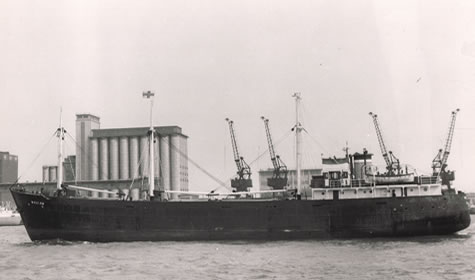|
History
Dundalk Port has a long tradition
of shipbuilding and registration.
The Port also has a long history of trading in different products
with traffic through the port having consisted of gypsum, perlite,
sand, peat, salt, scrap, pit props, cattle, fertilizers, machinery,
paper, wood and general cargo to name a few.
The First vessel recorded as trading to Dundalk was the "Trinitic"
which sailed form Liverpool to Dundalk in March, 1580. The year 1646
saw a grant of "perfect freedom of trade" to Dundalk.
The harbour was naturally shallow and was left to its own devices
until, in 1721 Lord Limerick, who at that time was high sheriff of
Co. Louth, made a deal with the corporation to construct a harbour.
In 1740 he set about the construction of a quay in the form of a pier,
extending into the river upstream from the present harbour. In 1767
the Irish Parliament voted £2000 and £400 yearly to improve
the harbour. This sum was paid for 8 years and amounted in all to
£5,200.
Early in the year 1800 Lord Roden appointed a harbour master and claimed
authority over the harbour works. In 1803 the new Custom House was
built and there was a military guard placed where goods were stored
at the quays.
In 1840 an Act "for regulating, preserving, improving and maintaining
the river, port and harbour of Dundalk" was passed. Under this
act, 27 commissioners were appointed who had certain shipping and
property qualifications.
In August 1848 a contract was signed and accepted for the construction
of the pile lighthouse. The lighthouse was completed in June 1855.
Soon after, in November 1860, a fog signal bell came into operation.
In 1967 work began to convert the lighthouse to electric and unwatched.
The new light was exhibited on 17th December, 1968 with an increased
intensity to 187,000 candle power in the white sectors. The fog horn
signal was established on 25th June 1969.
In 1968 the B&I ended its Dundalk - Newry - Liverpool service.
The last 4 ships on this service were M.V. Dundalk, M.V. Inniscarra,
M.V. Wicklow & M.V. Kilkenny. The B& I compound was sold to
the McGinnty family who used the premises for grain warehousing. This
premises is now in the hands of Lockingtons Shipping, a subsidiary
of Dundalk Port Company.
|



